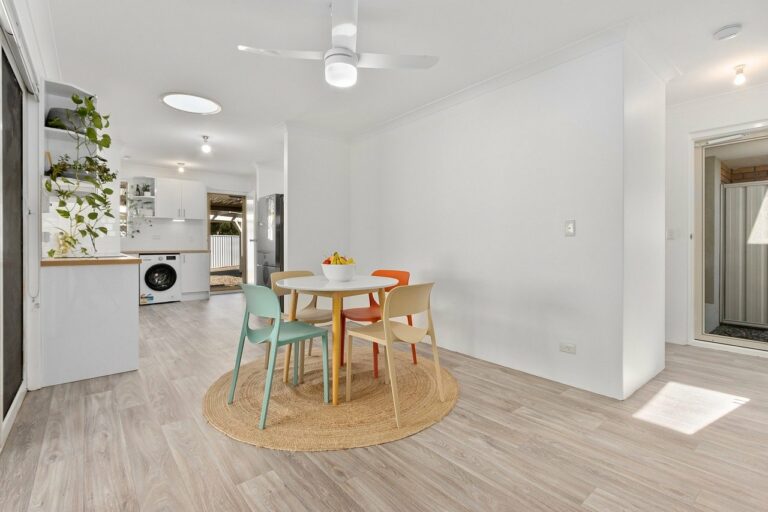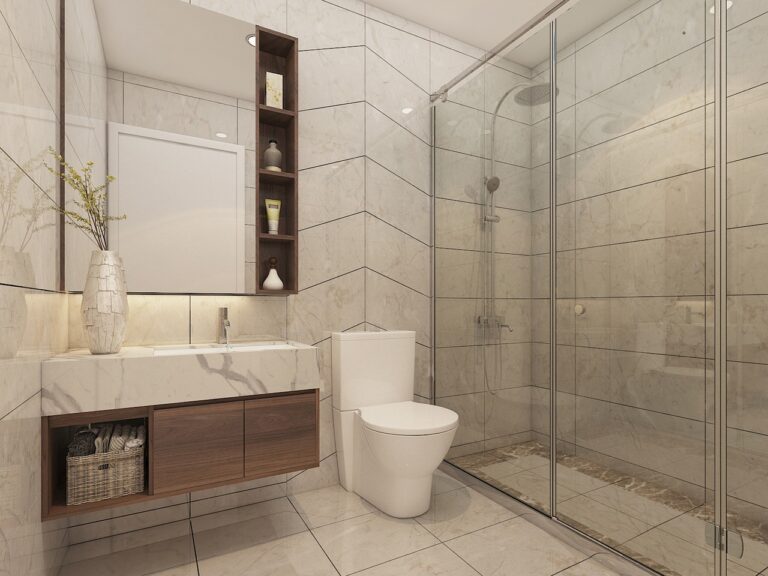Eco-Friendly Weather Stripping: Sustainable Options: Cricbet 99, Sky1exchange.con, Reddy anna online book number
cricbet 99, sky1exchange.con, reddy anna online book number: Eco-Friendly Weather Stripping: Sustainable Options
If you’re looking to make your home more energy-efficient and environmentally friendly, one of the best places to start is with your weather stripping. Weather stripping is a vital component of any home, as it helps to seal gaps around doors and windows, preventing air leaks and helping to maintain a comfortable indoor temperature. Traditional weather stripping materials such as vinyl and rubber can be effective, but they are not always the most sustainable options. In this article, we’ll explore some eco-friendly weather stripping alternatives that can help you reduce your carbon footprint while still keeping your home cozy and comfortable.
Natural Fiber Weather Stripping
One eco-friendly option for weather stripping is natural fiber materials such as hemp, cotton, or wool. These materials are renewable, biodegradable, and non-toxic, making them an excellent choice for environmentally conscious homeowners. Natural fiber weather stripping can be just as effective as traditional materials in sealing gaps and preventing drafts, and they can add a cozy, rustic touch to your home’s decor.
Recycled Rubber Weather Stripping
Another sustainable option for weather stripping is recycled rubber. Rubber weather stripping is typically made from recycled tires, which helps to divert waste from landfills and reduce the need for new rubber production. Recycled rubber weather stripping is durable, flexible, and weather-resistant, making it a great choice for high-traffic areas such as doors and windows. Plus, rubber weather stripping is easy to install and can last for many years, making it a cost-effective and eco-friendly choice for homeowners.
Soy-Based Weather Stripping
Soy-based weather stripping is another sustainable option that is gaining popularity among environmentally conscious homeowners. Soy-based weather stripping is made from soybean oil, which is a renewable and biodegradable resource. Soy-based weather stripping is durable, flexible, and non-toxic, making it a safe and eco-friendly choice for sealing gaps and preventing air leaks. Plus, soy-based weather stripping is easy to install and can be painted or stained to match your home’s decor.
Cork Weather Stripping
Cork weather stripping is another eco-friendly option that is both sustainable and effective. Cork is a renewable resource that is harvested from the bark of cork oak trees, which can be harvested without harming the trees themselves. Cork weather stripping is durable, flexible, and water-resistant, making it an excellent choice for sealing gaps and preventing drafts. Plus, cork weather stripping is naturally antimicrobial and hypoallergenic, making it a great choice for homeowners with allergies or sensitivities.
Recycled Aluminum Weather Stripping
Recycled aluminum weather stripping is a sustainable option that is both durable and effective. Aluminum weather stripping is typically made from recycled aluminum, which helps to conserve energy and reduce greenhouse gas emissions. Recycled aluminum weather stripping is lightweight, corrosion-resistant, and easy to install, making it a popular choice for homeowners looking to reduce their carbon footprint. Aluminum weather stripping is also highly effective at sealing gaps and preventing air leaks, helping to keep your home comfortable and energy-efficient.
Bamboo Weather Stripping
Bamboo weather stripping is another eco-friendly option that is both sustainable and stylish. Bamboo is a fast-growing grass that is harvested without harming the plant, making it a renewable and environmentally friendly resource. Bamboo weather stripping is durable, flexible, and water-resistant, making it an excellent choice for sealing gaps and preventing drafts. Plus, bamboo weather stripping is naturally resistant to mold and mildew, making it a great choice for damp or humid environments.
Conclusion
When it comes to weather stripping, there are plenty of eco-friendly options to choose from. Whether you opt for natural fibers, recycled materials, or sustainable resources such as cork or bamboo, you can make your home more energy-efficient and environmentally friendly while still keeping it cozy and comfortable. By choosing eco-friendly weather stripping options, you can reduce your carbon footprint, conserve resources, and create a healthier indoor environment for you and your family.
FAQs
Q: How long does eco-friendly weather stripping last?
A: The longevity of eco-friendly weather stripping will depend on the material used, the quality of the installation, and the amount of wear and tear it is subjected to. Generally, eco-friendly weather stripping made from durable materials such as recycled rubber or aluminum can last for many years with proper maintenance.
Q: Are eco-friendly weather stripping options more expensive than traditional materials?
A: Eco-friendly weather stripping options can sometimes be slightly more expensive than traditional materials, but the long-term benefits of energy savings, environmental impact, and durability can often outweigh the initial cost. Additionally, some eco-friendly weather stripping options may qualify for rebates or incentives that can help offset the cost.
Q: Can I install eco-friendly weather stripping myself, or do I need to hire a professional?
A: Many eco-friendly weather stripping options are designed to be easy to install and can be done as a DIY project. However, if you are unsure about the installation process or have specific needs for a professional finish, you may want to consider hiring a professional installer to ensure the job is done correctly.
Q: How can I determine the best eco-friendly weather stripping option for my home?
A: To determine the best eco-friendly weather stripping option for your home, consider factors such as your budget, the climate in your area, the level of insulation needed, and the aesthetic preferences of your home. You may also want to consult with a professional weather stripping installer for recommendations tailored to your specific needs.







